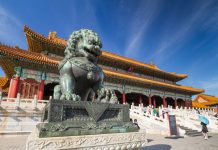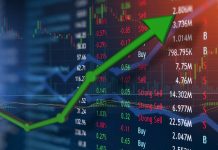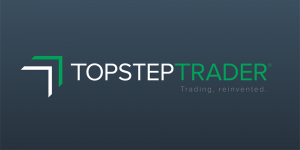Two general rules dominated futures markets on Tuesday, according to John Hoagland at TopstepTrader.
- When a contract opens “in value” from the previous session, traders should consider waiting for it to test the outside of its recent range. This applied to Nymex WTI crude oil futures (@CL).
- The first minutes of trading, or the “opening range,” can determine direction for the rest of the day. That happened in the S&P 500 E-mini futures (@ES).
“Oil had a big directional move that ended up going nowhere on Monday,” Hoagland said on yesterday’s Market Forecast video. “We’re opening in the middle of it, which is really suggesting to stay patient. It could end up being a very choppy, wider-range kind of day.”
@CL was retreating from $62 as he made the comment on Tuesday morning. Afterwards, it would slip to $61.40 and rebound to $62 before closing where it began — following the pattern Hoagland expected.
His call was based on the market profile analysis technique developed by J. Peter Steidlmayer. It recognizes 70 percent of the volume from the previous session as a “value area.” The extremes of ranges can be projected from the top and bottom of the value area.
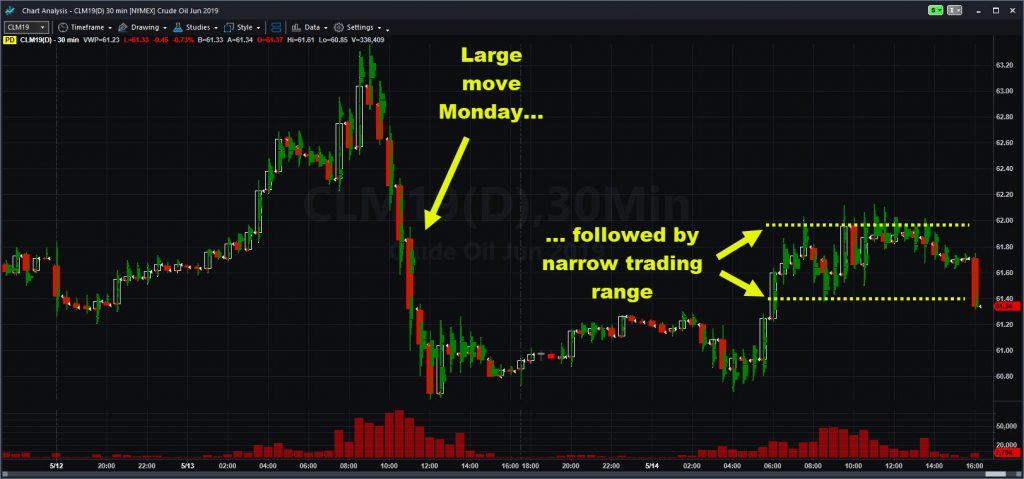
What’s the Opening Range?
Hoagland defines the opening range as the first minute of trading. He says it’s useful when the market opens with a clear move higher or lower.
“If we leave the opening range at the high, I’ll look to trade short,” he said. “I’ll take that to mean we have found sellers in that area that may take control early and control it all day long.”
“The opposite happens if we leave the opening range at the absolute low of the regular trading hours session,” Hoagland said, adding that the opening range is “context dependent.”
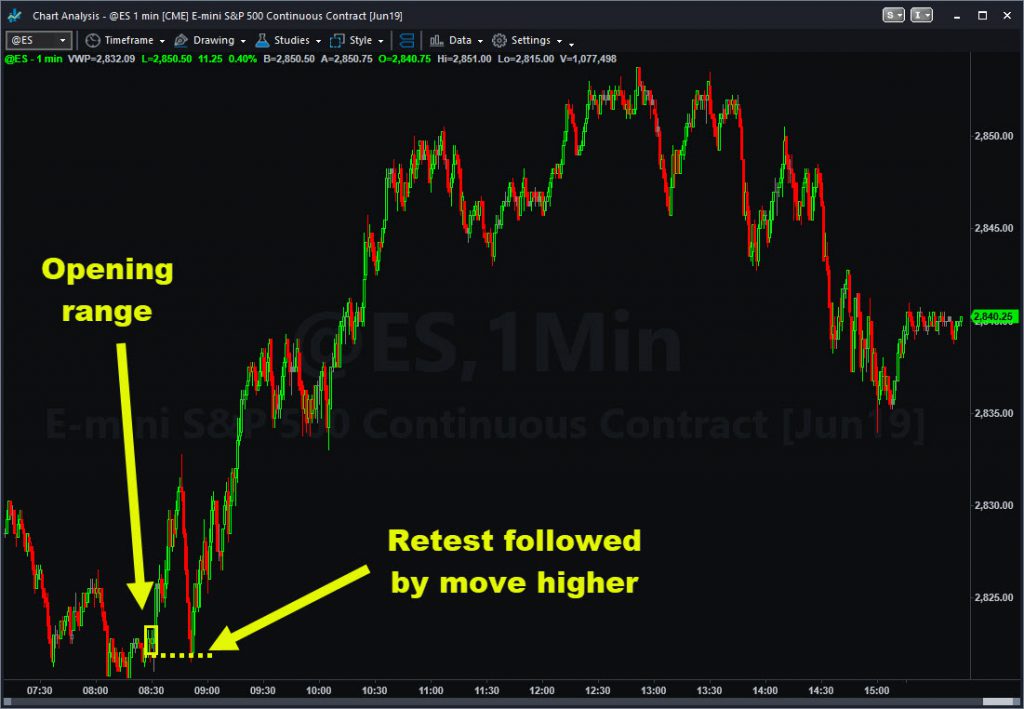
The approach worked on Tuesday in @ES. The market opened 2821.25, or 14 points above the previous session’s close. It quickly rose above that level and came back to test it before proceeding to rally more than 30 points into the afternoon.
Hoagland, Senior Performance Coach at TopstepTrader, reviews key futures contracts and events every day on YouTube. His company evaluates traders based on objective criteria, looking to fund successful candidates with the company’s capital.





